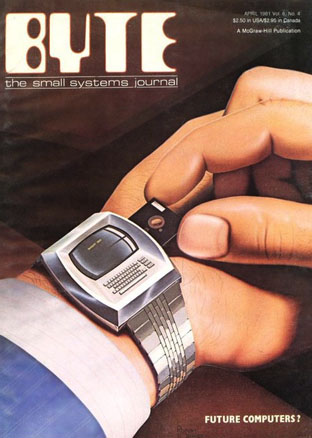BY DR SHAWN CUNNINGHAM
8 MARCH 2023
By understanding the nature of current technological changes, innovators and policymakers can develop better strategies to prevent being caught off-side by technological disruptions.
The broad consensus is that technological change follows a cycle:
- Stage 1 starts with a discontinuity, with something breaking away from the expected improvement trajectory. This often happens when advances in complementary technologies make a different solution possible. The discontinuity results in a phase during which many divergent approaches to the same problem or possibility are explored.
- Stage 2 is a time of ferment when some ideas will fall away while some winning ideas may become more acceptable and viable. Dominant designs start to emerge as markets figure out which features are valued.
- Stage 3 is a time of incremental change during which one or a few dominant designs are elaborated. The focus shifts from improving the product to improving the distribution and integration of the technology into other systems. This era of relative stability is occasionally interrupted by leaps in performance that are mainly attributed to improvements in process technologies.
All the stages present opportunities for innovators, but the conditions and the focus of innovation often differ in each stage. Technological competencies and innovation efforts are cumulative, and even if an initiative was not deemed a success, the learning might be useful in future combinations with other ideas.
This model can be formulated in many ways. For me, the work of James Utterback stands out because it helps innovation managers and entrepreneurs figure out what kind of innovation strategy is needed to use new technological capabilities.
Utterback labelled the three phases described above as:
- The fluid stage (stage 1) is characterised by innovators exploring alternative configurations to improve the functional performance of the technology. The alternative solutions may differ widely, while the sub-systems are often custom-built and poorly integrated.
- This is followed by a transitional phase (stage 2) when one or a few dominant designs become preferred in the marketplace. The innovation focus shifts from the main functions of the product/service towards the process innovations demanded by increased volumes. Often more reliable or better-performing sub-modules replace less reliable modules. Overall, the integration of sub-systems and the compatibility of the technology with other complementary technologies improves.
- The final stage is called the specific phase (stage 3). The main innovative focus is on cost reduction and improving quality. The product and process innovations are mainly incremental. Standards, as well as market expectations, have become established.
The Abernathy-Utterback model was first proposed in 1975 and still features in most technology and innovation management textbooks. The framework helps us understand the leading innovators' strategy and where the markets are changing.
Figure 1 by Bessant and Tidd (2021) is from one of my favourite technology and innovation management textbooks.[1]
Figure 1: The Abernathy-Utterback cycles of technological change

The graph shows how the main innovative efforts (and market hype) are initially focused on the new idea’s product innovation and technical features. As the technology enters stage 2, the attention shifts from product to process innovation. New variants may still be introduced, but the priority is putting the fundamental capabilities, systems and processes in place. In stage 3, the innovation focus often shifts towards distribution, maintenance and scale of operations.
In the table below, Bessant and Tidd provide more detail on the innovation characteristics of the three phases.
|
Innovation characteristic |
Fluid pattern |
Transitional Phase |
Specific Phase |
|
Competitive emphasis placed on… |
Functional product performance |
Product variation |
Cost reduction |
|
Innovation stimulated by… |
Information on user needs, technical inputs |
Opportunities created by expanding internal technical capability |
Pressure to reduce cost, improve quality and so on |
|
Predominant type of innovation |
Frequent major changes in products |
Major process innovations required by rising volume |
Incremental product and process innovation |
|
Product line |
Diverse, often including custom designs |
Includes at least one stable or dominant design |
Mostly undifferentiated standard products |
|
Production processes |
Flexible and inefficient – aim is to experiment and make frequent changes |
Becoming more rigid and defined |
Efficient, often capital intensive and relatively rigid |
In a future post, I will apply this framework to some of the technologies that are frequently in the news. Let me know where you think the technologies you rely on in your organisation are, based on the three phases described in this post.
[1] Bessant, J. and Tidd, J. 2021. Managing innovation: integrating technological, market and organizational change. Wiley.



